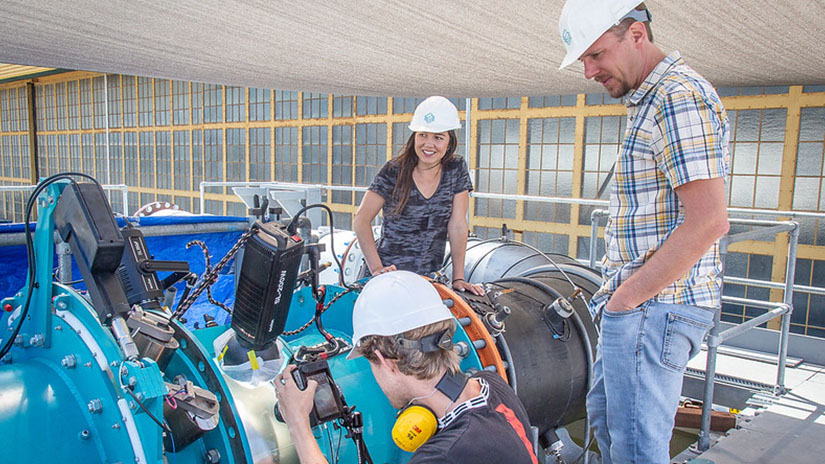Sign up for daily news updates from CleanTechnica on email. Or follow us on Google News!
Rivian reported its third quarter sales today, and they weren’t good. More specifically, deliveries were down to 10,018 units in Q3 2024, from 15,564 in Q3 2023 (YoY) and 13,790 in Q2 2024 (QoQ). Though, according to Rivian, the issue is not consumer demand. At least, consumer demand for its EVs was not mentioned. The issue Rivian highlighted was a supply chain problem.
“Rivian is experiencing a production disruption due to a shortage of a shared component on the R1 and RCV platforms. This supply shortage impact began in Q3 of this year, has become more acute in recent weeks and continues. As a result of the supply shortage, Rivian is revising its annual production guidance to be between 47,000 and 49,000 vehicles,” the company writes.
There’s no guidance on when this supply chain problem will be resolved. However, Rivian did reiterate the same full-year guidance it had provided previously. “The company is also reaffirming its annual delivery outlook of low single digit growth as compared to 2023, which it expects to be in a range of 50,500 to 52,000 vehicles,” Rivian writes.
Interestingly, despite the supply chain problem, Rivian produced a few thousand more units than it delivered — 13,157 versus the aforementioned 10,018, respectively. Is that just a matter of natural delays getting trucks and SUVs to customers, or is Rivian also facing consumer demand challenges?
One thing I’m wondering is how much Rivian might be facing an Osborne effect problem. The R1T and R1S are appealing vehicles to many buyers, but the recently announced R2 and R3 are sure to fit better into many people’s budgets and I know many EV enthusiasts are currently waiting their release before buying their next, or first, EVs. How many of those customers might have bought an R1S or R1T instead if not for the launch of the R2 and R3?
At the moment, the R1T starts at $70,000 and the R1S starts at $76,000. Both are expensive vehicles. Yes, one would think that even at those prices, Rivian could reach 50,000+ annual sales, but who knows? The market has been seeing ups and downs, and more and more buyers have gravitated over to new electric vehicles from legacy auto brands.
Perhaps Rivian is not facing demand issues at all and it’s all just what the company said in its press release for investors today — an unexpected supply chain disruption is slowing down its sales growth. In any case, the future of the company now seems dependent on the release, ramp-up, and success of the R2 and R3, just like Tesla’s success has been heavily dependent on the lower-cost Model 3 and Model Y, rather than the low-volume Model S and Model X (which have similar quarterly sales to the Rivian R1S and R1T). We recently had a podcast on the potential rise of Rivian. Listen to that below if you missed it. For now, the news is that Rivian’s rise is on hold, but let’s see if the company can bounce back stronger in the coming year and potentially live up to the expectations many EV fans have for the company.

Have a tip for CleanTechnica? Want to advertise? Want to suggest a guest for our CleanTech Talk podcast? Contact us here.
Latest CleanTechnica.TV Videos
CleanTechnica uses affiliate links. See our policy here.
CleanTechnica’s Comment Policy





